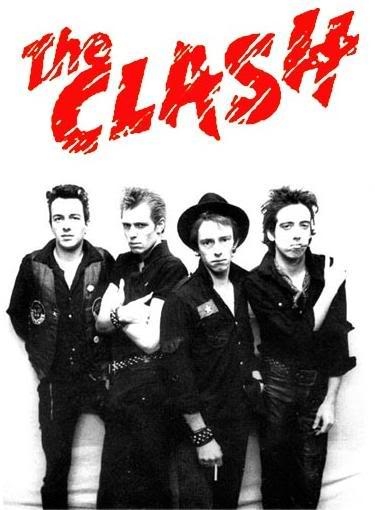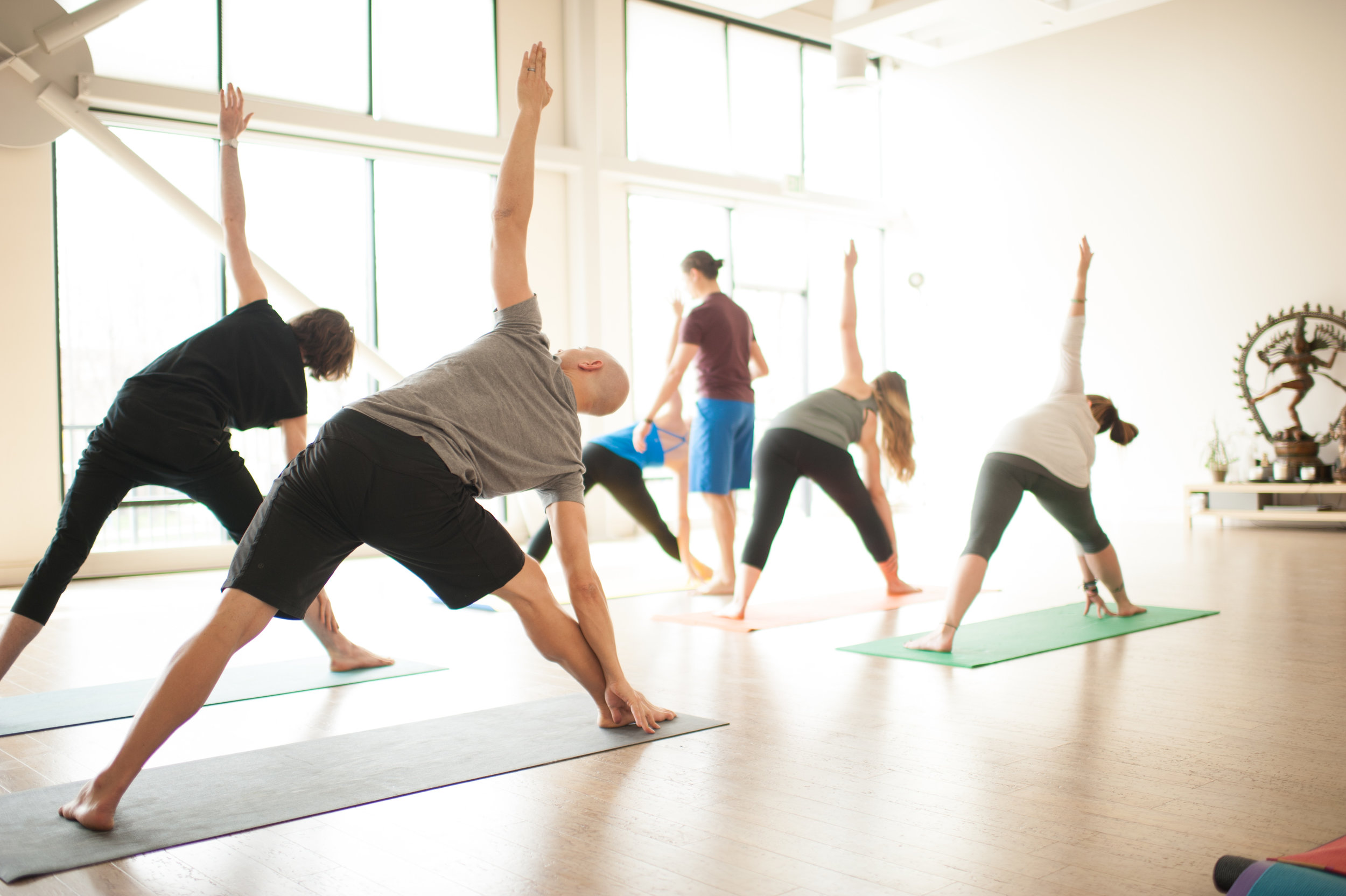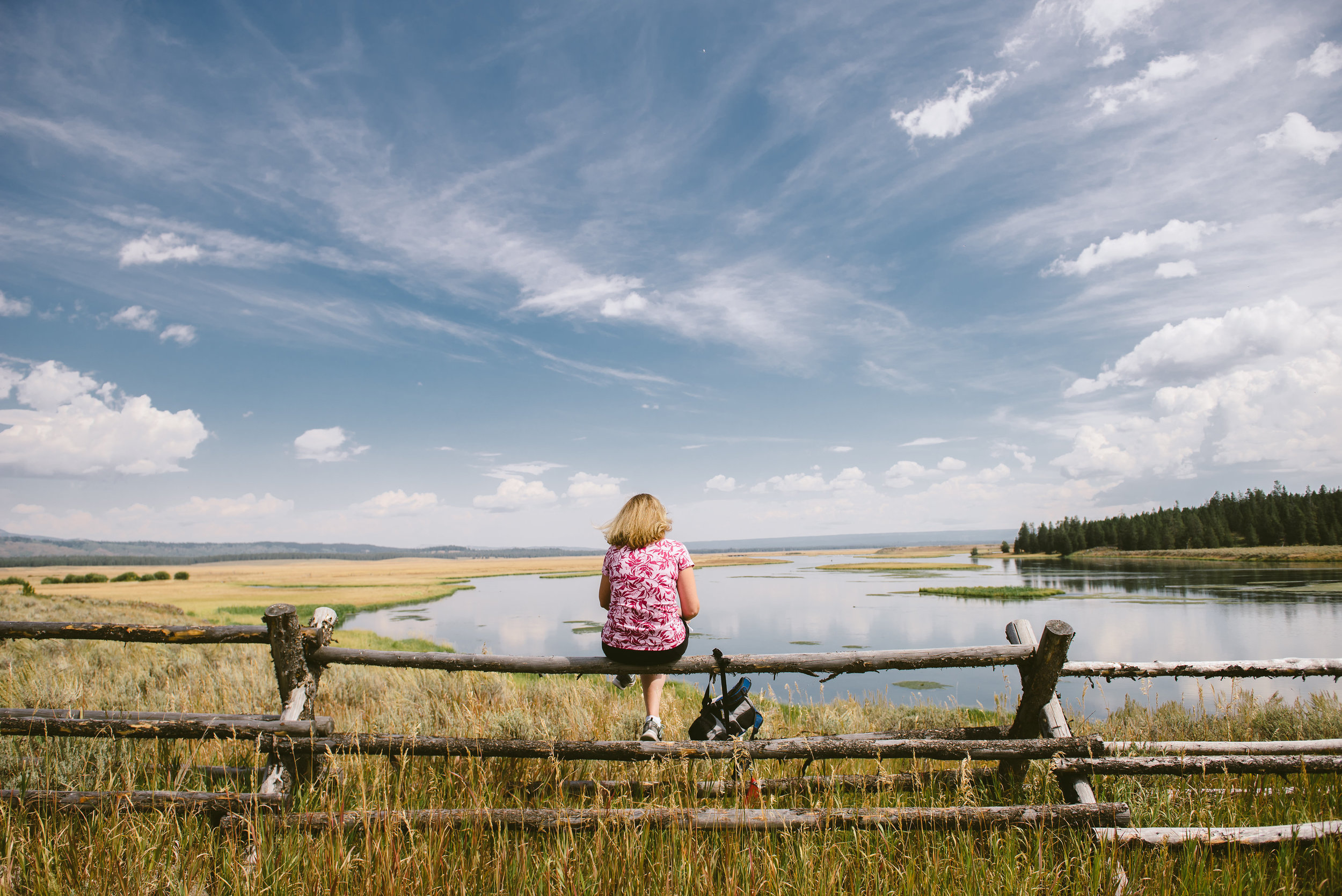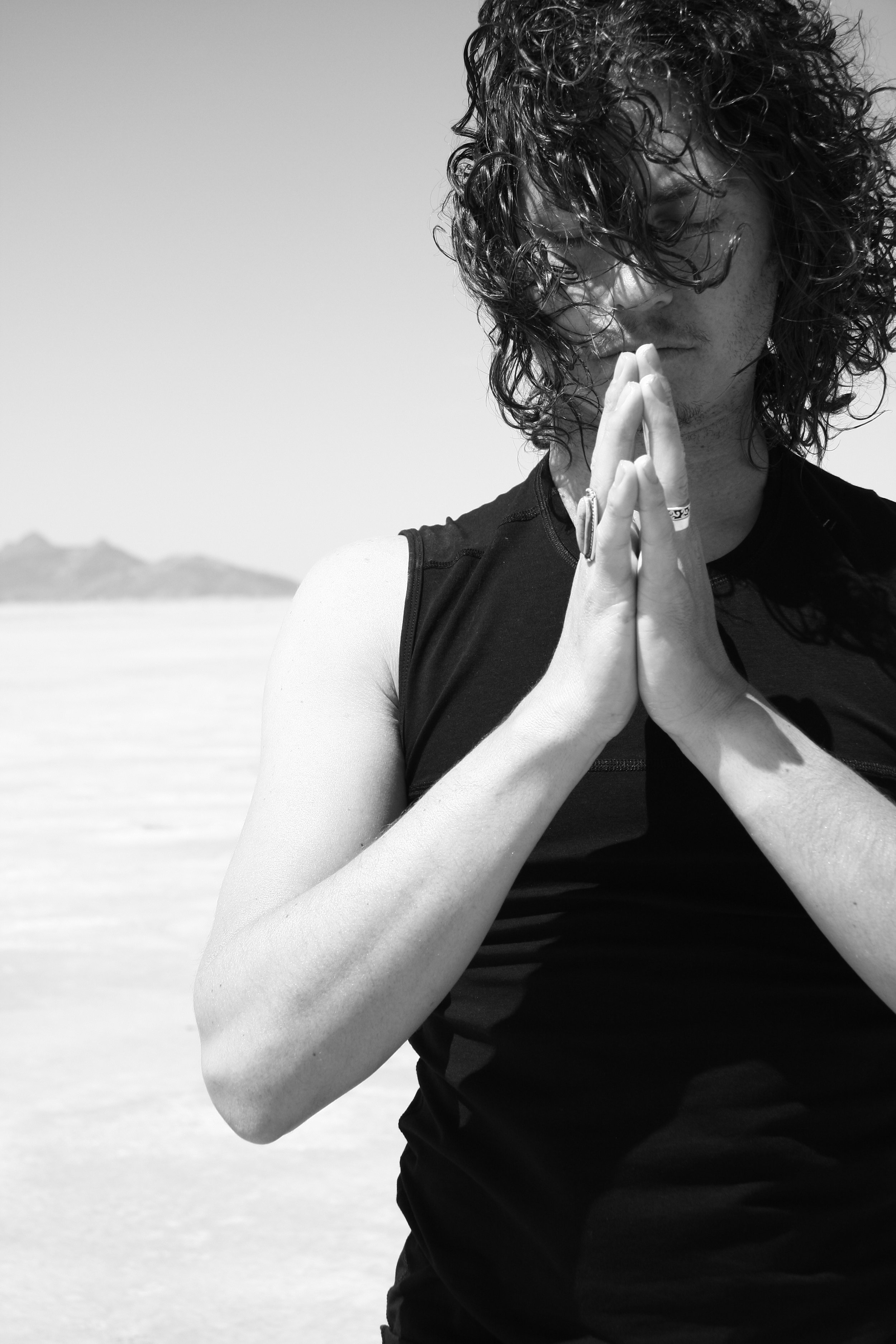The ancient and epic poem the Ramayana says that long ago there was a powerful Demon king named Ravana. His power blinded him with pride, deceived him into thinking he was larger than Dharma or Truth. Ravana stole a princess, Sita, another's wife, and a war was waged to get her back.
And though Ravana was often blinded by pride, he was not completely blind to profound understanding. There was a moment in the tale where Ravana is mentally preparing to go to battle against Rama, the unbeatable prince, God incarnate. That night, he went up to a great tower, onto the roof of his palace, and suddenly had a great insight regarding time. With this understanding, he suddenly had a great feeling of freedom like a band had broken from his chest. He danced for all of the heavens looking on and with his last step felt as though he'd crushed the tight hold with which time had him.
On his way down the stairs from the ramparts, Ravana is confronted by Kala, the god of time. Kala is old and decrepit and wasted like a skeleton. He tells Ravana that soon he will be in time's power and that Ravana will have to spend the rest of time paying for the sins of his lifetime.
Ravana listens for a moment then scoffs, "You little liar!"
Kala retorts,"What? You stole Sita and you'll pay-".
"You are the thief and not I," said Ravana. "For a few moments' pleasure you take whole lives in payment. And whatever you give you steal back, by fraud, from hiding, when you're not watched. Death and misery are your good friends-but you are yourself unreal: you do not exist; you cannot steal from me."
"Do you know who I am?" cried Kala.
"A marketplace of sorrows," Replied Ravana
Kala said, ". . . your home is empty your friends have died and all the good times are long gone . . . all must change and die . . . ."
"We know better than that," said the Deamon King, "Love is eternal and we are beyond your reach. . . But I must be on my way now, I can't be late, and my time is far too valuable to waste on anything but daydreams. . . Good love never dies."
(Buck, pp. 334-9)
Despite his faults, Ravana exposes a startling truth: the past has dissolved, the future is an abstraction (has never been, really). All we have is now. We are always in the present. But despite the unreal natures of past and future, we seem to spend a lot of time there. Pining or regretting the past, biding time or biting our nails waiting for the future. What we need is here. What we have is now. I think what we really practice in yoga is presence. Presence with our breath. Presence with our muscles and bones in postures. Presence with other practitioner's in class. What we pay for when we go to a yoga class isn't the space, isn't the time to do yoga, isn't even necessarily instruction. What we get when we do yoga is a reminder to look inside and experience the timeless, the result of living continuously in the present.
One morning I was sitting in Small Town Coffee House in Kapa'a Kauai soaking up the morning sun, feeling the tropical sweetness, and savoring a cup of jo when I looked over to the clock on the wall and instead of numbers pointing to the hour, each hour mark read, "Now."
I believe clocks are mostly misunderstood: they only point to now but we translate what we read into what has or hasn't happened, into past or future.
This week, break the illusion of time and practice being present. Yoga is a wonderful reminder about presence. We can practice presence at any moment of the day.
What We Need Is Here
Geese appear high over us,
pass, and the sky closes. Abandon,
as in love or sleep, holds
them to their way, clear
in the ancient faith: what we need
is here. And we pray, not
for new earth or heaven, but to be
quiet in heart, and in eye,
clear. What we need is here.
Wendell Berry
Works Cited:
Buck, William. Ramayana. Berkley, Los Angeles, London: University of California Press, 1976
Scott



































